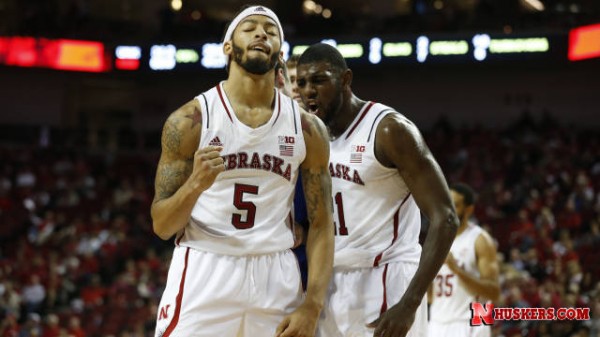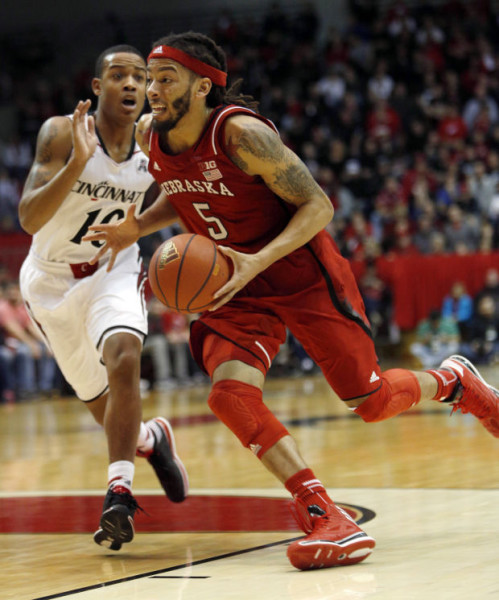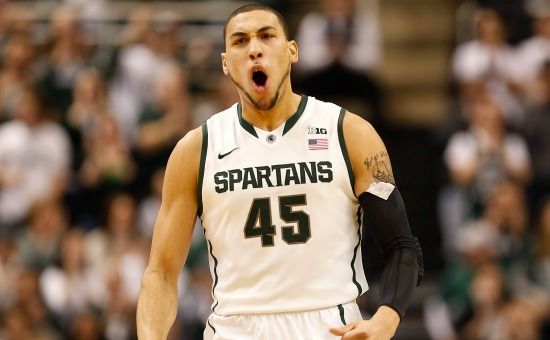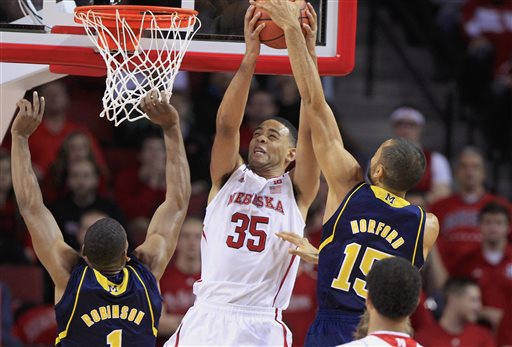Is the Loss of Terran Petteway Addition by Subtraction?
Posted by Patrick Engel on October 30th, 2015Over the course of two seasons at Nebraska, Terran Petteway established himself as one of the Big Ten’s best scorers. His 18.1 points per game led the league in 2013-14, and only Wisconsin’s Frank Kaminsky (1,308) and Penn State’s D.J. Newbill (1,262) outpaced Petteway’s 1,143 points in the last two years. For a Nebraska team coming off a very disappointing 13-18 season (including a 5-13 mark in the Big Ten), head coach Tim Miles’ task of finding a suitable replacement isn’t easy. But here’s the twist: Nebraska’s offense might be better without him.
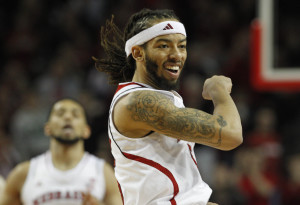
Terran Petteway could score, but his below-average efficiency numbers hurt Nebraska’s offense. (Bruce Thorson/USA TODAY Sports)
Petteway shot only 39.6 percent from the floor and 31.3 percent from three last season. His 217 three-point attempts tied him for most in the Big Ten and represented 46.6 percent of his total field goal attempts. Four of the Big Ten’s top 12 scorers had three-point attempts account for at higher percentage of their total field goal attempts than Petteway, but the lowest three-point percentage among that group was 36.6 percent (Travis Trice), a full 5.3 percent higher. The other three came in at 38.7 percent (James Blackmon Jr.), 40.8 percent (Yogi Ferrell) and 41.8 percent (Denzel Valentine) — all considerably better than Petteway.
The junior also posted a 94.8 offensive rating last season, good for fourth on his own team but also the second-lowest offensive rating among the 47 players who averaged at least 18 points per game. To his credit, he posted a solid 22.4 percent assist rate, drew 5.7 fouls per 40 minutes, and got to the free throw line nearly six times per contest. But his usage rate was 32.3 percent, an alarmingly high number for a player who doesn’t shoot the ball very well. Petteway’s high number of low-percentage shots manifested in him leading the Big Ten in missed three-pointers with 149. All of these statistics amount to a single conclusion: Petteway may have scored a lot of points, but he wasn’t a very efficient scorer.































